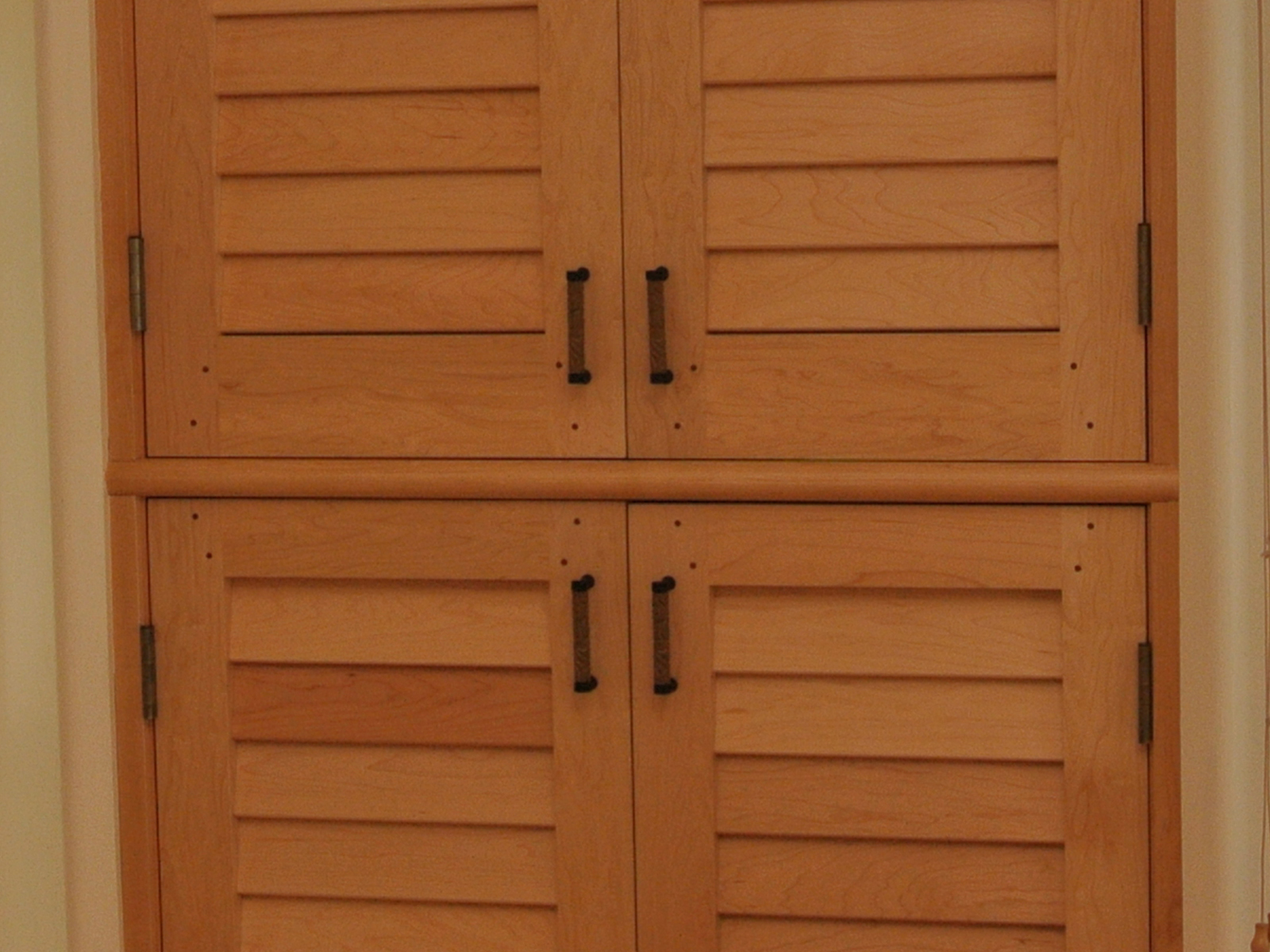Recently many customers have asked us about the hardwood pegs found in our doors and shutters. These pegs and their mitered layout on a completed frame are a signature mark of Kestrel Shutters and Doors. The pegged mortise and tenon joint is a time honored cabinet makers joint with a use that extends very far …
Tag
Showing: 1 - 2 of 2 RESULTS
Mortise & Tenon
Defining the Mortise and Tenon, Old and New
Defining the Mortise and Tenon, Old and New The mortise and tenon joint is one of the oldest methods of joining two pieces of material together and certainly is still very much a mainstay in fine cabinetry work today. There are many references to mortise and tenon joinery throughout the ages. Historical monuments such as …
